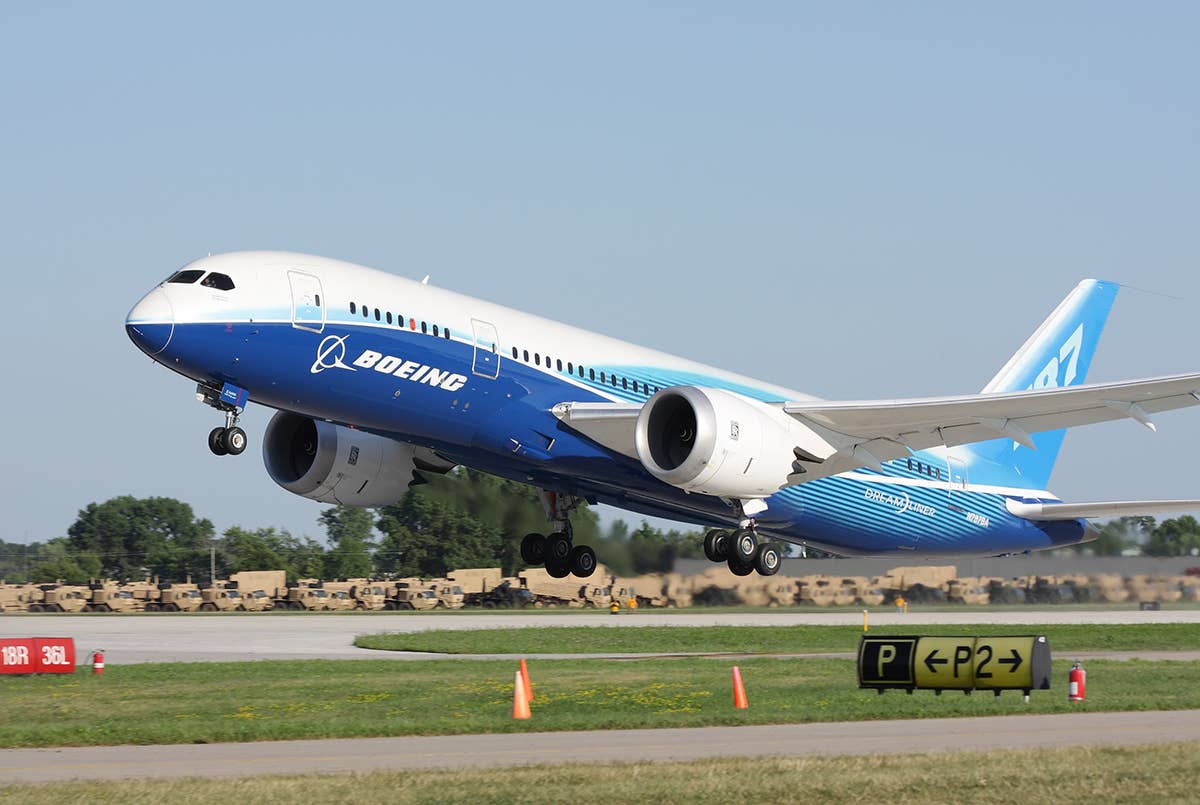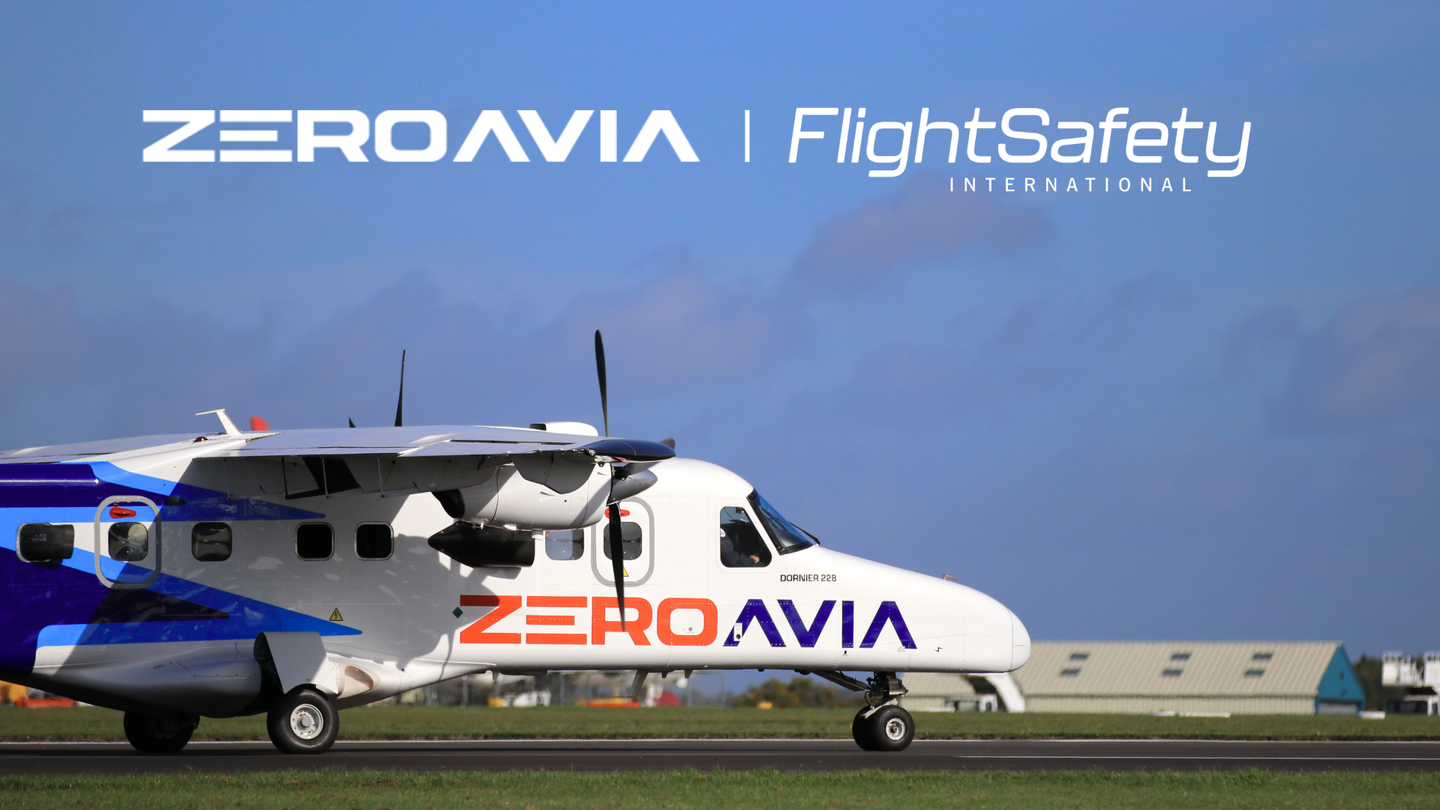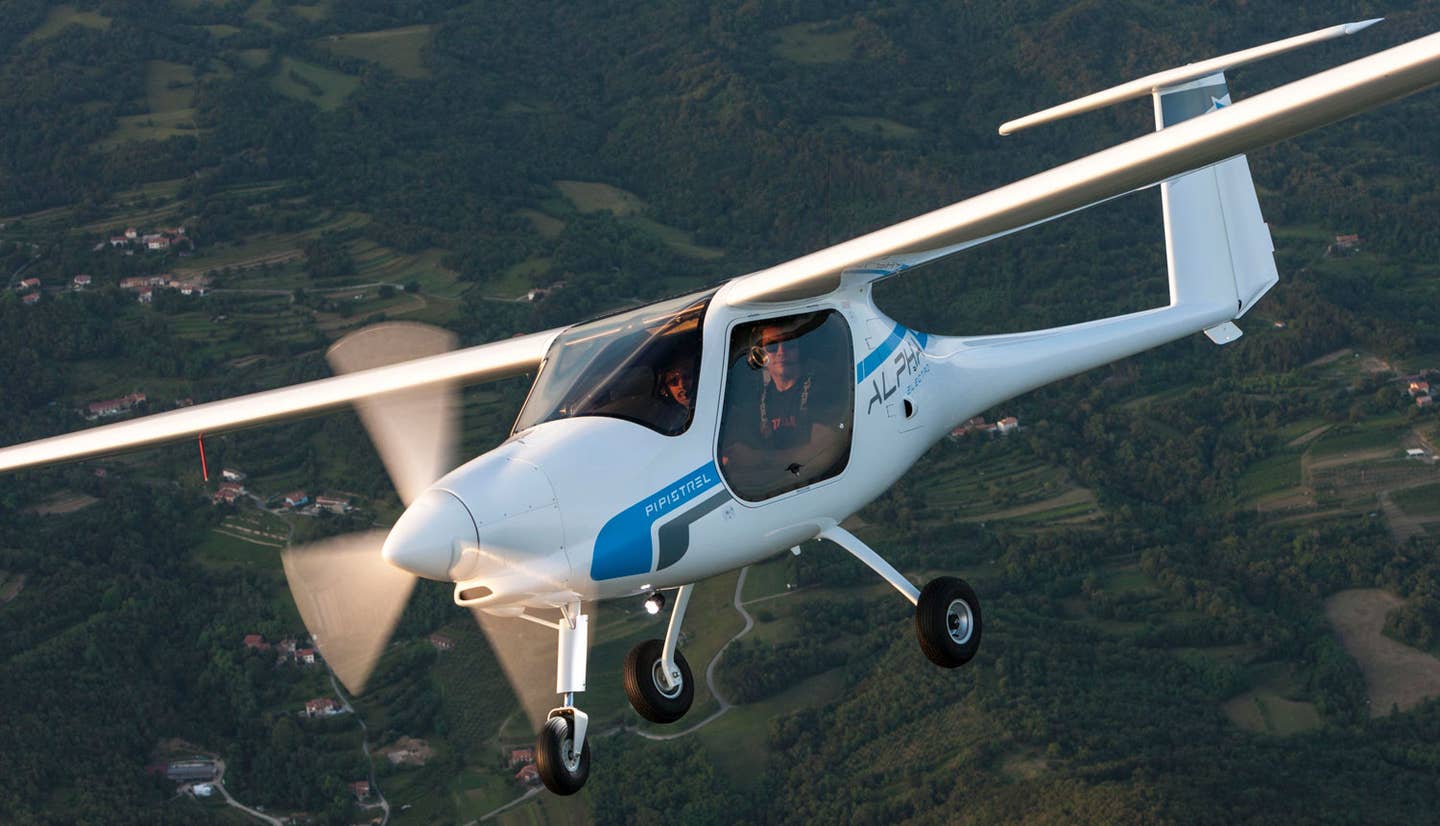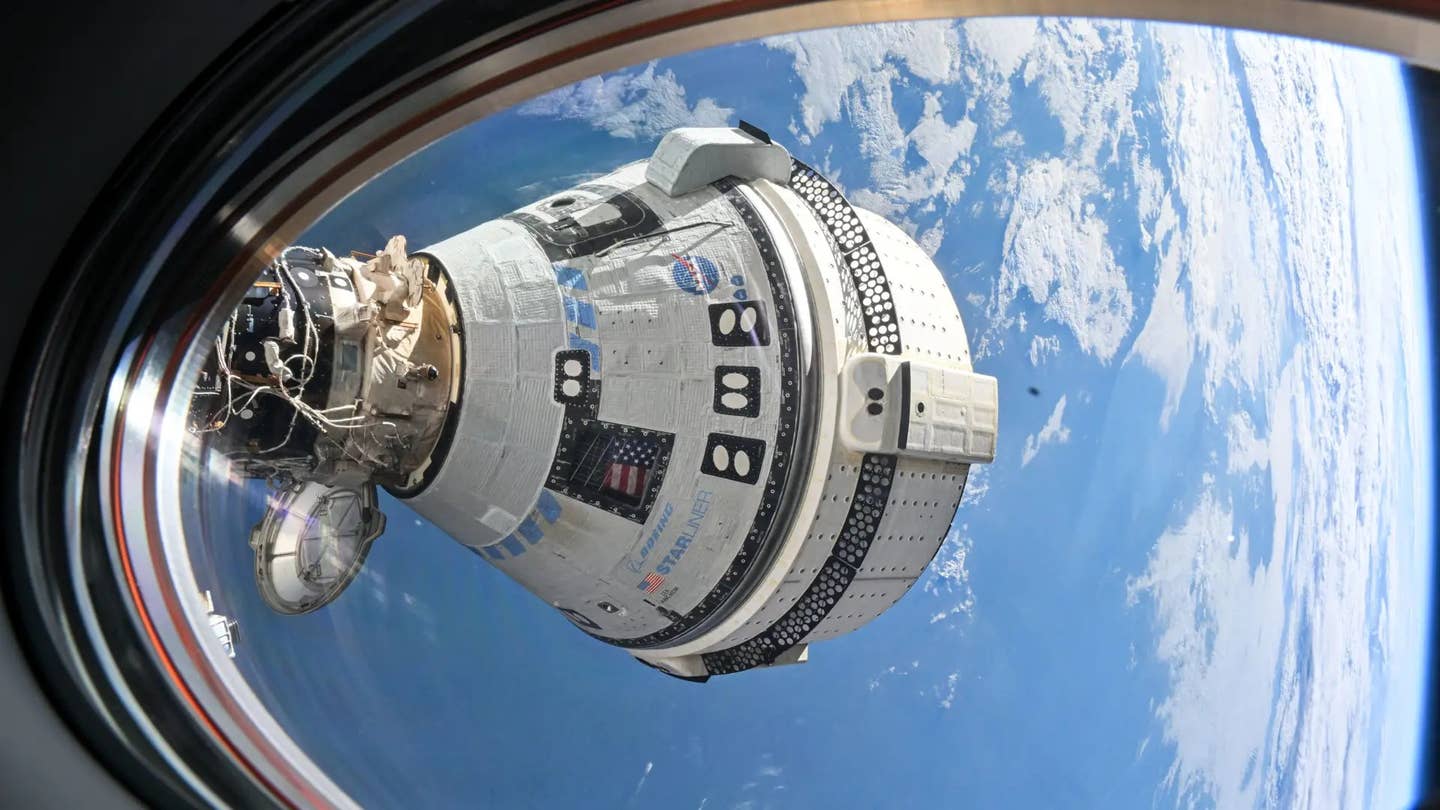United’s Big Boeing Purchase Set to Advance Its Ambitious Climate Goals
The fleet modernization plan will replace older Boeing 767 and Boeing 777 aircraft, a move expected to slash carbon emissions by 25 percent per seat, United said.

Boeing and United Airlines announced the carrier is investing in its future fleet with an order for 100 787s, with the option to purchase 100 more. The deal is the largest 787 Dreamliner order in Boeing history. [Credit: Boeing]
United Airlines (NASDAQ: UAL) announced Tuesday it placed the largest order for Boeing (NYSE: BA) 787 Dreamliners in history—a purchase the carrier says will help it meet its ambitious environmental goal of eliminating all greenhouse gas emissions by 2050.
The air carrier ordered 100 new Dreamliners with options to add 100 more in the future, as well as ordering up to 100 Boeing 737 Max aircraft.
"With this investment in its future fleet, the 737 Max and 787 will help United accelerate its fleet modernization and global growth strategy," said Stan Deal, president and CEO of Boeing Commercial Airplanes.
Flying Green
Part of the fleet modernization includes the pursuit of reducing the air carrier's carbon emissions
United intends to replace its older Boeing 767s and 777s with about 100 of the new widebody aircraft, with all 767 aircraft removed from its fleet by 2030. Culling the older aircraft is projected to decrease per-seat carbon emissions by 25 percent, the airline said.
United has set the goal of reducing its greenhouse gas emissions by 100 percent by 2050, without relying on traditional carbon offsets. It's not alone in setting ambitious environmental goals. Earlier this year, Boeing said it intends for its commercial airplane fleet to be certified to fly on 100 percent SAF by 2030.
Boeing has also worked to reduce the noise footprint for the 787, reducing the sound of the jet by as much as 60 percent over that of the jets it is replacing.
The manufacturer also noted the 737 Max is designed for improved fuel efficiency in the single-aisle market, as the 737 Max reduces fuel use and CO2 emissions by 20 percent compared to the airplanes it replaces, depending on the configuration.
Looking Ahead: More Pilots
The expansion of United's fleet means, however, it will need to hire more pilots. The airline reports hiring 2,400 pilots in 2022, with plans to add more than 2,500 pilots in 2023 with an ultimate goal of hiring 10,000 new pilots by the end of the decade. In order to do this, United opened the United Aviate Academy, which company officials predict will train some 5,000 new pilots by 2030.
"This order solves for our current widebody replacement needs in a more fuel-efficient and cost-efficient way, while also giving our customers a best-in-class experience," said Gerry Laderman, United's EVP and chief financial officer. "And if the future of long-haul flying is as bright as we think it will be, United is able to capitalize on those opportunities by exercising these new widebody options—I look forward to the incremental margin and earnings these aircraft will generate."

Sign-up for newsletters & special offers!
Get the latest FLYING stories & special offers delivered directly to your inbox






